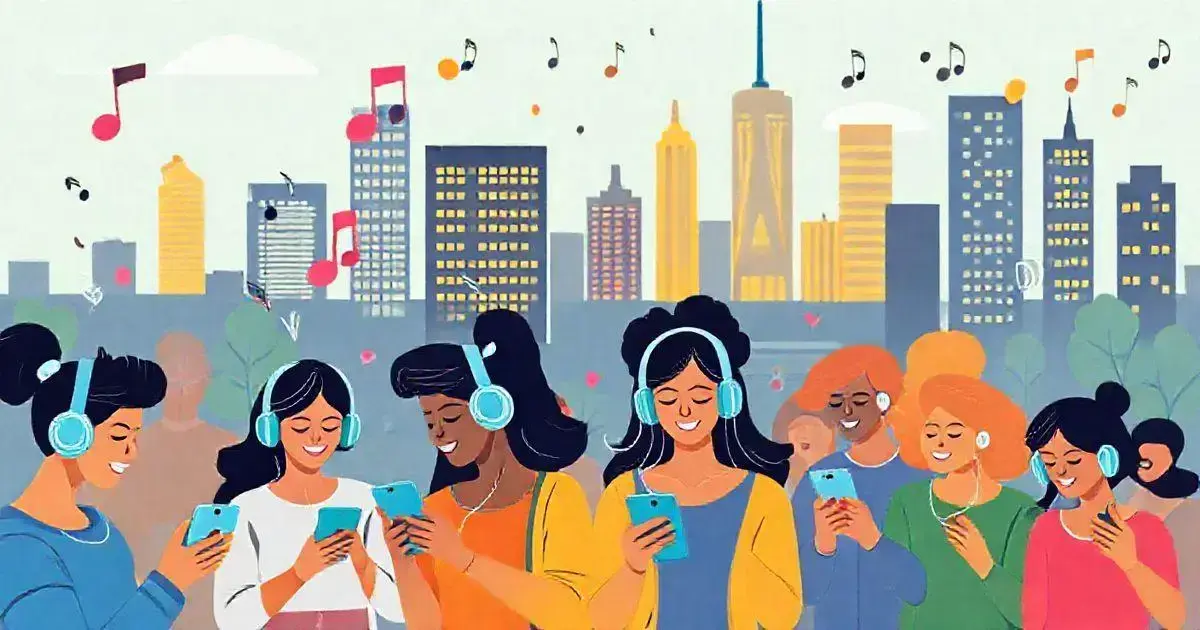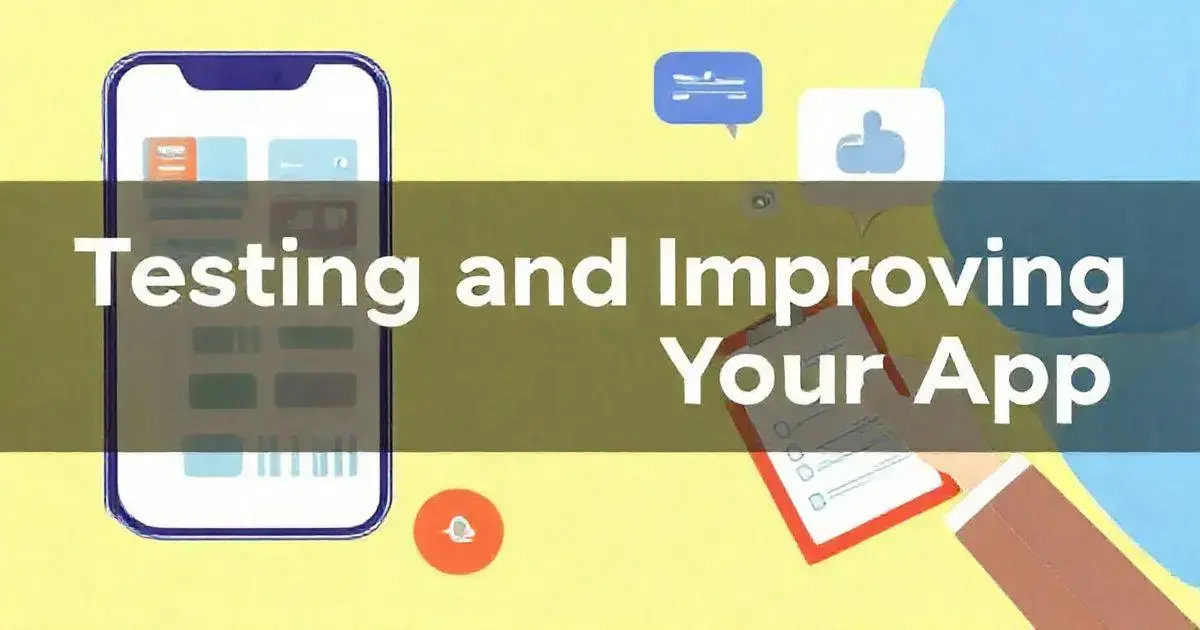How to make a spaced repetition app for music is about combining smart learning with seamless design. This technique helps users master music by reviewing just when they need it most.
A great app makes practice efficient and fun, adapting to individual needs while tracking progress. It’s a tool that turns learning into an engaging experience.
Want to create an app that transforms how people learn music? Let’s explore the key features to make it happen.
Understanding Spaced Repetition
Understanding spaced repetition is essential for anyone interested in effective learning. This technique is based on the psychological spacing effect, which suggests that humans learn better when information is reviewed at increasing intervals.
For those wondering how to make a spaced repetition app for music, this concept forms the foundation of a highly effective learning tool.
To implement spaced repetition, consider using a flashcard system or a dedicated app. These tools can automate the process of reviewing information, ensuring that you revisit material just before you’re likely to forget it.
Learning how to make a spaced repetition app for music involves designing a system that not only helps retain information but also enhances the practice experience.
Research indicates that spaced repetition can result in better long-term retention of information compared to traditional study methods. By systematically spacing out study sessions, learners can significantly improve their grasp of the content, whether it’s a new language, musical notes, or historical dates.
Benefits of Using a Music App

Using a music app can be highly beneficial for learners of all ages. These applications not only provide a vast library of songs but also enhance the training experience through interactive features. If you’re exploring how to make a spaced repetition app for music, integrating such features can greatly boost user engagement.
Moreover, music apps often incorporate tools such as metronomes and sheet music, which can help in developing timing and reading skills.
By making practice fun and engaging, these apps motivate users to practice more consistently, leading to better outcomes. For those designing how to make a spaced repetition app for music, including tools like these can ensure an effective and enjoyable learning experience.
Another advantage is the option for personalization. Many music apps allow users to customize their learning paths based on their interests and skill levels. This tailored approach makes it easier for individuals to stay engaged and motivated throughout their learning journey.
Key Features to Include
When developing a spaced repetition app for music, including essential features can enhance user experience and effectiveness. If you’re exploring how to make a spaced repetition app for music, start by ensuring it offers a customizable study plan so users can set their own pace and routines. This flexibility is key for personalized learning.
Second, the app should utilize a progress tracker, giving users insights into their improvements over time. Visualizing progress can keep users motivated. Incorporating audio playback is another must-have for anyone designing how to make a spaced repetition app for music, as it allows learners to internalize rhythms and melodies while practicing.
Additionally, offering social sharing capabilities can encourage users to connect with friends and share progress, enhancing motivation.
Lastly, feedback systems that provide constructive tips and performance grading help users refine their skills more effectively. With these features, your app can transform musical education into an engaging and impactful experience.
Designing User-Friendly Interfaces

Designing user-friendly interfaces is essential for any music app aimed at facilitating spaced repetition learning. When thinking about how to make a spaced repetition app for music, ensure the design has a clean, intuitive layout that helps users navigate easily without confusion.
Prioritizing a simple navigation structure allows users to quickly access key features like practice sessions or song libraries. Incorporating visual aids, such as icons and color coding, can enhance understanding. For instance, using green for completed tasks and red for overdue reviews provides clear visual feedback.
User testing is crucial during this phase. Gathering feedback from real users helps developers make adjustments, ensuring the interface meets their needs effectively. By offering customization options, like adjustable text sizes or theme preferences, you create a more personalized experience, making learning even more enjoyable.
Implementing Effective Algorithms
Implementing effective algorithms is crucial for a spaced repetition app designed for music learning. If you’re wondering how to make a spaced repetition app for music, start by ensuring the algorithm prioritizes the items users struggle with.
By calculating a forgetting curve based on previous performances, the app can adjust repetition frequency based on how well the user recalls a particular song or piece.
Another important aspect is the ability to adapt to user behavior. The algorithm should learn from interactions, such as how often users practice and their progress over time. This allows the app to suggest songs or sections that need more focus, creating a more personalized learning experience.
Lastly, integrating machine learning can refine the algorithm further. As the app collects more data, it can improve predictions and make better suggestions, ensuring users stay engaged and motivated, while making their practice sessions more effective.
Testing and Improving Your App

Testing and improving your app is essential to ensure it meets user needs and functions well. If you’re wondering how to make a spaced repetition app for music, start with gathering user feedback.
Collecting insights from real users can help identify issues they might face while using the app. Conducting surveys and interviews can provide valuable feedback, and usability testing lets you observe how users interact with your app, revealing areas for improvement.
Next, implement analytics tools to track feature usage and where users might be dropping off. This data can pinpoint sections of your app that may need attention. Regularly reviewing these analytics helps inform updates and enhancements, ensuring your app evolves in the right direction.
Additionally, beta testing before the full launch is key. This phase allows a select audience to explore features and report bugs or concerns. Not only does this improve app quality, but it also builds anticipation and loyalty among early adopters. Regular updates based on user feedback will ensure continuous improvement and a better user experience.
How to Make a Spaced Repetition App for Music: Final Considerations
Developing a spaced repetition app for music can greatly enhance the learning experience. One of the key components in how to make a spaced repetition app for music is incorporating effective algorithms and user-friendly designs, which help users master new songs and concepts more efficiently.
Continuous testing and improvement of the app ensure it meets user expectations and requirements, keeping the learning process engaging and effective. By refining the features based on user feedback, the app evolves to better serve its users’ needs.
Ultimately, with the right features and feedback systems in place, such an app can transform how individuals study music, making learning not only effective but also enjoyable.

